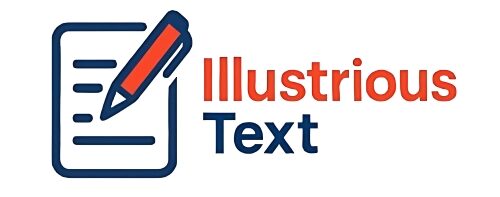Secretion clearance is a crucial process for maintaining respiratory health, allowing the body to effectively remove mucus and other substances from the airways. This process is especially important for individuals with respiratory conditions such as cystic fibrosis, chronic obstructive pulmonary disease (COPD), or bronchiectasis, where mucus can accumulate and cause complications. Understanding the mechanisms and methods of secretion clearance can help improve quality of life for those affected.
The human respiratory system is designed to be self-cleaning. Tiny hair-like structures called cilia line the airways and work alongside mucus to trap and expel foreign particles and pathogens. However, when this natural process is compromised, either due to illness or other factors, secretion clearance techniques become essential. One common method is chest physiotherapy, which involves physical techniques such as percussion and vibration to dislodge mucus from the airways. This approach often requires professional guidance to ensure correct technique and effectiveness.
Another effective method is the use of positive expiratory pressure (PEP) devices, which help open the airways and move mucus towards the larger airways where it can be expelled more easily. These devices are frequently used as part of a daily routine for individuals with chronic respiratory conditions. Incorporating these devices into a comprehensive respiratory therapy plan can enhance the overall efficiency of secretion clearance, allowing for better breathing and reduced risk of infection.
Hydration is also crucial for effective mucus clearance. Drinking enough fluids can thin the mucus, making it easier to expel. Additionally, inhalation therapies such as nebulisers or humidifiers can add moisture to the airways, further facilitating secretion clearance. These methods are often used alongside other treatments to maximise their benefits. In some cases, medication may be prescribed to reduce mucus production or to help break down thick mucus, making it easier to clear.
For those looking to improve their respiratory health, it is essential to explore various secretion clearance techniques. Engaging with healthcare professionals who specialise in respiratory therapy can provide personalised strategies tailored to individual needs. Regular assessment and adaptation of these techniques ensure they remain effective as conditions change.
Physical activity also plays a significant role in secretion clearance. Exercise can increase lung capacity and improve circulation, which in turn can enhance the body’s ability to clear secretions. Activities such as swimming, yoga, or even walking can be beneficial. It’s important to choose activities that fit one’s physical condition and capabilities, as well as to consult with a healthcare provider before beginning any new exercise regimen.
Education and support are vital components of effective secretion clearance strategies. Individuals and families affected by respiratory conditions should seek resources and guidance from reputable sources. Websites such as this physiotherapy site provide valuable information on managing respiratory health and can offer support in finding the right techniques and therapies.
In conclusion, secretion clearance is an integral part of managing respiratory health, particularly for those with chronic conditions. By utilising a combination of physiotherapy, devices, hydration, and exercise, individuals can significantly improve their ability to clear mucus and maintain healthy airways. With ongoing support and education, those affected can lead healthier and more active lives.




